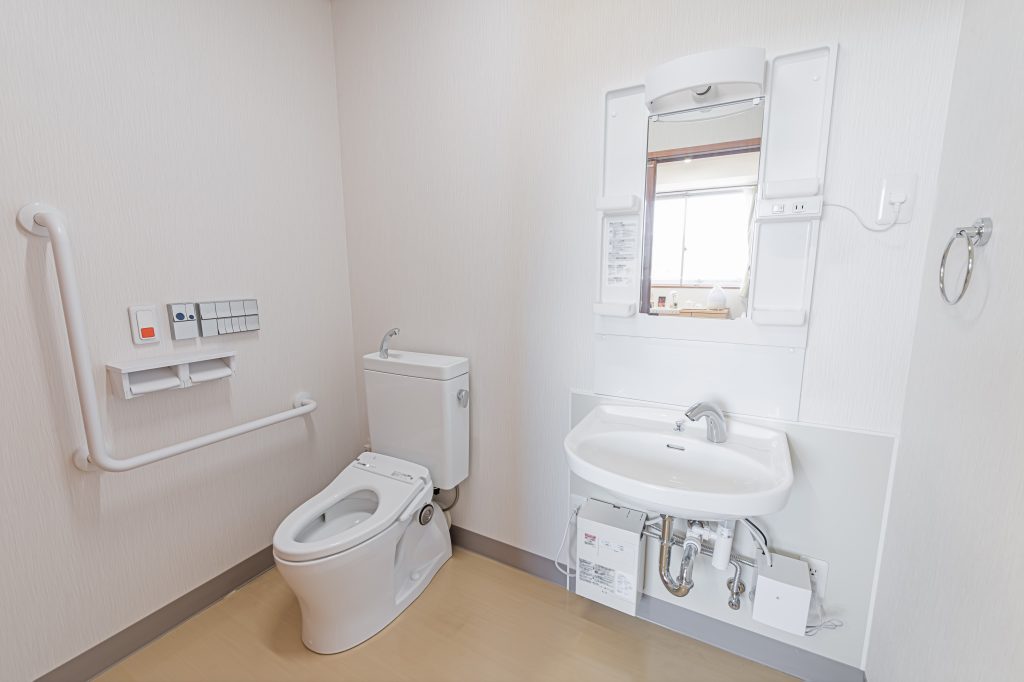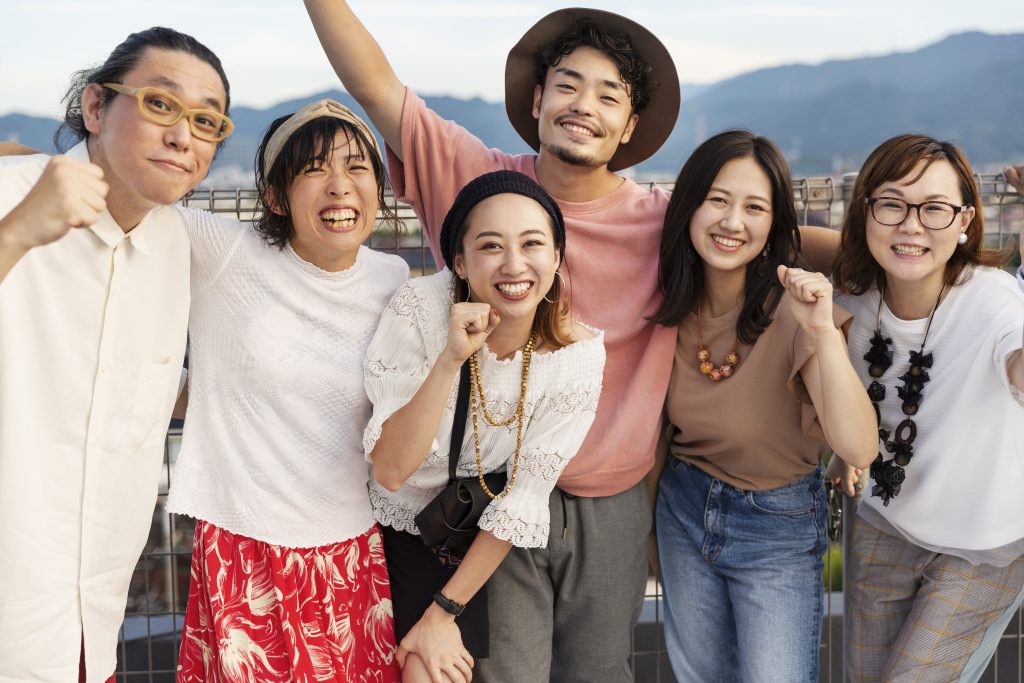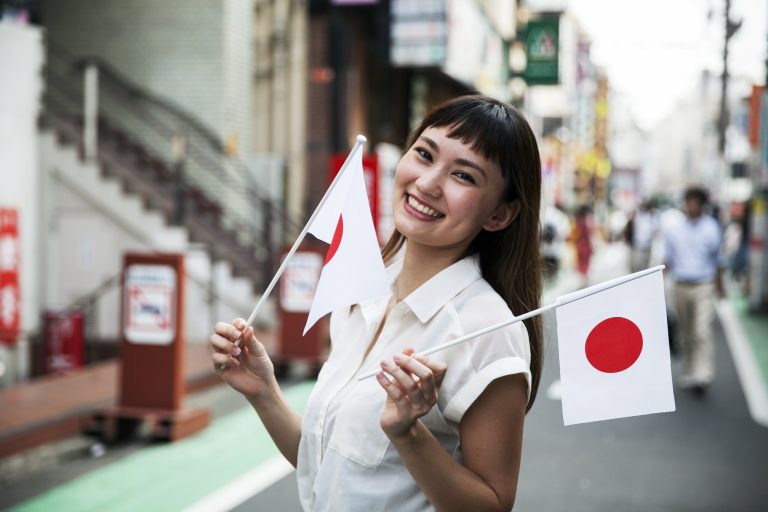TL;DR: This post offers unique and practical tips for visiting or living in Japan, from cultural etiquette and safety insights to the best convenience stores and making local friends.
Did you know that Japan just announced the full reopening of its borders to foreigners? If you’re planning a visit, you might think you know what to expect, but there’s always more beneath the surface. Having lived in Japan for years, I’ve gathered a treasure trove of local insights that might revolutionize your stay here. For instance, what’s the deal with sitting versus standing while using the toilet? Prepare for a deep dive into etiquette, essentials, and unexpected quirks of Japanese life that may very well surprise you!

The Toilet Etiquette You Never Knew You Needed
Toilet etiquette might seem trivial, but it can greatly impact your experience, especially when traveling. Have you ever thought about how something as simple as where you stand can say a lot about you? Let’s dive into the fascinating world of toilet habits, particularly the standing vs. sitting debate for men.
Standing vs. Sitting: What’s the Deal?
In many cultures, men typically stand while urinating. But did you know that in Japan, over 62% of men prefer to sit down? This statistic might surprise you. It’s not just about comfort; it’s about cleanliness and respect for shared spaces. Sitting down while peeing minimizes splatter, which promotes a cleaner restroom environment. Isn’t it interesting how a small change in behavior can have a big impact on hygiene?
- Consideration for Others: By sitting, you’re showing respect for those who share the space.
- Health Benefits: Some studies suggest that sitting can reduce the risk of certain health issues.
- Comfort: For many, sitting is simply more comfortable.
So, when you find yourself in a Japanese restroom, consider joining the majority. It’s a small adjustment that can lead to a more pleasant experience for everyone.
Cultural Implications of Toilet Habits in Japan
In Japan, toilet etiquette goes beyond personal preference. It’s deeply rooted in cultural values. The Japanese place a high emphasis on cleanliness and order. You might notice that public restrooms are often equipped with advanced technology, including heated seats and bidets
This reflects a societal commitment to hygiene. As one insightful quote states,
In Japan, cleanliness is not just a habit; it’s a way of caring for others
This perspective encourages you to think about how your actions affect those around you. When living or traveling in Japan, adapting to these customs can foster goodwill and social harmony.
Anecdotes from Living with Foreign Roommates
Now, let’s shift gears for a moment. Imagine living with roommates from different countries. Each person brings their own bathroom habits. I once shared a flat with some friends from Europe. They had a very different approach to toilet use. One roommate was adamant about standing, while another preferred sitting. It led to some light-hearted debates about the “right” way to go.
These differences highlighted the importance of understanding and respecting each other’s habits. We even made a game out of it, jokingly assigning points for cleanliness and etiquette. This experience taught me that toilet habits can be a reflection of cultural backgrounds. It’s not just a matter of right or wrong; it’s about understanding and adapting.
Final Thoughts on Toilet Etiquette
When you’re in Japan, or anywhere for that matter, take a moment to consider the customs surrounding toilet use. Whether you choose to sit or stand, remember that it’s not just about you. It’s about creating a more pleasant environment for everyone. So, the next time you find yourself in a restroom, think about how your choice can affect those around you.
By embracing these cultural nuances, you not only show respect but also enrich your experience in a new place. After all, a little consideration goes a long way in fostering connections and understanding.
Things to Pack for Japan: The Essentials
Planning a trip to Japan? Exciting! But before you dive into your itinerary, there are a few essentials you need to consider packing. Trust me, you don’t want to overlook these key items. Let’s break it down.
1. Why Deodorant is a Must-Have
First things first, let’s talk about deodorant. You might think, “Why do I need to pack deodorant? Isn’t that a given?” Well, in Japan, it’s a bit more complicated. You see, many Japanese people have less developed sweat glands compared to those from other regions. This means they tend to be more sensitive to body odor.
So, when you’re there, you might notice that people are particularly aware of how they smell. It’s not just about personal hygiene; it’s about social norms. As one insightful traveler put it,
Be prepared for a different reality when it comes to body odor in Japan.
This means you’ll want to keep yourself fresh. Don’t forget to pack your favorite deodorant!
2. Understanding Body Odor Genetics and Societal Attitudes
Now let’s dig a little deeper. Why are Japanese people more sensitive to body odor? It’s partly due to genetics. The genetic makeup of many East Asians, including Japanese, leads to a lower prevalence of certain body odor glands. This isn’t just a random fact; it shapes societal attitudes toward smell.
In Japan, there is a strong emphasis on cleanliness and consideration for others. You’ll find that many people take extra steps to ensure they smell pleasant. So, if you’re traveling there, it’s essential to respect this cultural norm. You might even want to consider bringing some air freshener or body spray for added peace of mind!
3. Sizing Issues in Japan
Next up, let’s talk about sizing. If you’re planning on shopping while in Japan, you might want to keep in mind that Japanese sizes often run smaller, particularly for shoes. You could be a size 10 back home, but in Japan, you might find that you need a size 12. Confusing, right?
- Tip: Always check the size charts before making a purchase.
- Tip: If you have larger feet, consider bringing a pair of shoes that you know will fit.
It’s also worth noting that the sizing issue extends beyond shoes. Clothing sizes can be tricky too. If you’re used to a more relaxed fit, you might find that Japanese clothing is more form- fitting. So, if you have specific styles in mind, consider packing a few outfits that you know will fit well.
4. Cultural Insights on Daily Life
62% of Japanese men prefer to sit while using the toilet? This practice promotes cleanliness and reflects the Japanese value of consideration for others. It’s a small cultural nuance that can make a big difference in your experience.
Additionally, around 70% of people air dry their clothes outside. If you’re staying in a shared space, be mindful of this practice. It’s common, but it can attract unwanted attention if you’re not careful.
In summary, as you prepare for your trip, remember to adjust your packing list based on these local customs and needs. It’s not just about what you want; it’s about respecting the culture you’re entering. Pack wisely, and you’ll have a much more enjoyable experience in Japan!
Navigating Convenience Stores: The Great Debate
When you think of Japan, what comes to mind? The bustling streets, the cherry blossoms, or maybe the delicious ramen? But have you ever considered the convenience stores? These stores, known as konbini, are a vital part of Japanese culture. Among them, two giants stand out: Family Mart and 7-Eleven. Each has its own unique offerings and loyal fans. But which one is truly the best? Let’s explore.
The Unexpected Popularity of Family Mart vs. 7-Eleven (Sorry Lawson!)
First off, let’s talk about Family Mart. It’s known for its cozy atmosphere and a wide range of ready-to-eat meals. You can find everything from onigiri (rice balls) to delicious desserts. Many locals swear by their fried chicken. But here’s the kicker: 7-Eleven consistently ranks higher among Japanese convenience stores. It’s often praised for its variety and taste. In fact, it’s considered a hidden gem.
7-Eleven is often considered a hidden gem in Japan for its variety and taste.
A Guided Comparison Based on Taste Tests
Now, let’s dive into a taste test! Imagine walking into a Family Mart. You’re greeted by the aroma of freshly made food. You grab a bento box and a drink. Sounds good, right? But then, you stroll into a 7-Eleven. The selection is vast, and the quality is impressive. Many people find their sushi and sandwiches surprisingly tasty. Here’s a quick breakdown:
- Family Mart: Cozy vibe, great fried chicken, and tasty desserts.
- 7-Eleven: Extensive selection, quality sushi, and delicious sandwiches.
Which one would you choose? It really depends on your taste. If you’re in the mood for something sweet, Family Mart might win. But for savory options, 7-Eleven could take the crown.
Personal Anecdotes on Finding Favorite Foods
Let me share a personal story. On my first trip to Japan, I was overwhelmed by the choices. I wandered into a Family Mart and picked up a matcha-flavored dessert. It was heavenly! The creamy texture and subtle sweetness were a delight. But then, I discovered 7-Eleven’s spicy tuna onigiri. Oh man, it was a game-changer! I never knew rice could taste so good.
Many travelers have similar experiences. You might find yourself falling in love with a particular dish. Perhaps it’s the fluffy pancakes from Family Mart or the rich curry from 7-Eleven. The options are endless, and that’s the beauty of konbini culture.
Why It’s Crucial to Choose the Right Convenience Store
So, why does it matter which convenience store you choose? Well, it all comes down to personal preference. Some people swear by Family Mart, while others are die-hard 7-Eleven fans. It’s essential to explore both. You never know when you’ll stumble upon your new favorite snack. And remember, while popular opinion can guide you, your taste buds ultimately decide.
In conclusion, whether you lean towards Family Mart or 7-Eleven, the important thing is to enjoy the experience. Each store offers a unique slice of Japanese culinary culture. So, the next time you’re in Japan, take a moment to wander into a konbini. You might just find something unexpected and delicious waiting for you.

Making Friends in Japan: Beyond the Surface
Making friends in Japan can feel like a daunting task. The culture is rich and layered, often requiring a deeper understanding of social dynamics. But don’t worry! With the right strategies and insights, you can break the ice and forge meaningful connections.
Strategies for Breaking the Ice
So, how do you start? Here are some effective strategies:
- Be Patient: Japanese people often take their time to open up. Rushing can be counterproductive.
- Show Genuine Interest: Ask about their hobbies or favorite foods. This shows you care.
- Participate in Group Activities: Join clubs or classes. Shared interests can spark friendships.
Remember, “Building genuine friendships in Japan requires patience and understanding cultural norms.” It’s about more than just exchanging pleasantries; it’s about forming a connection.
Cultural Nuances in Initiating Friendships
Understanding cultural nuances is key. Here are a few to keep in mind:
- Non-Verbal Cues: Pay attention to body language. A smile or a nod can go a long way.
- Politeness Matters: Use honorifics and polite language. Respect is crucial in Japanese culture.
- Be Aware of Personal Space: Japanese people value their personal space. Don’t invade it.
These nuances can help you navigate social situations more comfortably. It’s all about understanding the unspoken rules.
Examples of Questions to Ask
Asking the right questions can help you connect. Here are some examples:
- “What’s your blood type?” This might seem odd, but it’s a common icebreaker. It can lead to discussions about personality traits.
- “What did you do over the weekend?” This question opens up a conversation about hobbies and interests.
- “Do you have a favorite local food?” Food is a huge part of Japanese culture. This question can lead to sharing meals together.
These questions not only help you learn more about the person but also show your interest in their culture.
Understanding Japanese Social Dynamics
Social dynamics in Japan can be complex. Relationships often develop slowly. In many Western cultures, it’s common to be direct and upfront. However, in Japan, subtlety is appreciated. You might find that people are reserved at first, but this doesn’t mean they aren’t interested in connecting. It’s just their way of building trust.
As you engage with others, be observant. Notice how they interact with their friends. This can give you clues about how to approach them. For instance, if they laugh easily with others, it might be a good sign that they value humor in friendships.
On the other hand, if they seem more serious, it may be best to adopt a more respectful and reserved approach. Understanding these dynamics can greatly enhance your ability to make friends.
Last Thoughts On Friends
Expanding your social circle in Japan involves a blend of patience, cultural awareness, and genuine interest. Each small step you take can lead to deeper relationships, enriching your experience in this beautiful country. So, take a deep breath, be yourself, and dive into the adventure of making friends in Japan!
Safety in Japan: What You Need to Know
Japan is often celebrated for its low crime rates and overall safety. But is it really as safe as it seems? Understanding the nuances of safety in Japan can make your visit much more enjoyable. Here’s what you need to know.
1. Understanding Emergency Numbers
First things first: knowing how to reach help in an emergency is crucial. In Japan, the emergency numbers are different from those in many other countries. Here’s a quick list:
- 110 – Police
- 119 – Fire and Ambulance
These numbers are essential to remember. Imagine finding yourself in a situation where you need immediate assistance. Wouldn’t you want to know exactly who to call? In Japan, these numbers are straightforward, but they might not be what you’re used to.
2. Crime Rates vs. Public Perception
While Japan is often labeled as one of the safest countries in the world, it’s important to keep things in perspective. Yes, violent crimes are rare. However, petty crimes like theft can occur.
For example, bicycles are sometimes stolen, and wallets can go missing in crowded places. It’s easy to feel too relaxed when you hear how safe a place is. But remember:
Though Japan is safe, don’t let your guard down; understanding local laws is equally important.
Many visitors have misconceptions about crime rates in Japan. Some might think that because it’s safe, they can leave their belongings unattended. That’s a risky move! Always stay aware of your surroundings. A little vigilance goes a long way in ensuring your safety.
3. Defamation Laws: What You Should Know
Another vital aspect of safety in Japan is understanding local laws, particularly defamation laws. Did you know that you could be sued for damaging someone’s reputation, even if your statements are true? This is especially pertinent for foreigners who may not be familiar with these laws. It’s a good idea to think twice before posting something online or sharing opinions that could be misconstrued.
Social media has made sharing thoughts easier than ever, but in Japan, the legal implications can be severe. So, before you hit that “post” button, consider the potential fallout. Engaging with the local culture and understanding these laws can help you avoid unnecessary trouble.
4. Real-Life Experiences
Another traveler shared how they were approached by a friendly local who offered to help them with directions. While most interactions are positive, it’s wise to be cautious. Not everyone has good intentions.
Safety Wind-up
Safety in Japan is a multifaceted topic. Understanding emergency numbers is essential, as is recognizing the difference between perception and reality when it comes to crime rates. You must also be aware of local laws, especially regarding defamation, to navigate your visit smoothly. By staying informed and vigilant, you can enjoy all that Japan has to offer while ensuring your safety. So, as you plan your trip, remember to embrace the local culture, respect the laws, and keep an eye on your belongings. With these tips in mind, you’ll be well-prepared for a safe and enjoyable journey in Japan.

